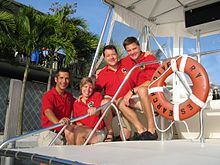
Robert Brent "Bob" Thirsk, is a Canadian retired engineer and physician, and a former Canadian Space Agency astronaut. He holds the Canadian record for the most time spent in space. He became an officer of the Order of Canada (OC) in 2013 and was named to the Order of British Columbia (OBC) in 2012.

Sandra Hall Magnus is an American engineer and a former NASA astronaut. She returned to Earth with the crew of STS-119 Discovery on March 28, 2009, after having spent 134 days in orbit. She was assigned to the crew of STS-135, the final mission of the Space Shuttle. She is also a licensed amateur radio operator with the call sign KE5FYE. From 2012 until 2018 Magnus was the executive director of the American Institute of Aeronautics and Astronautics.

Rex Joseph Walheim is a retired United States Air Force officer, engineer and NASA astronaut. He flew three Space Shuttle missions, STS-110, STS-122, and STS-135. Walheim logged over 566 hours in space, including 36 hours and 23 minutes of spacewalk (EVA) time. He was assigned as mission specialist and flight engineer on STS-135, the final Space Shuttle mission.
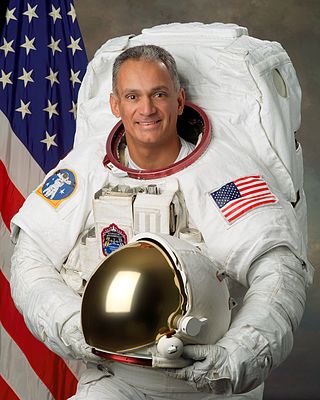
John Daniel "Danny" Olivas is an American engineer and a former NASA astronaut. Olivas has flown on two space shuttle missions, STS-117 and STS-128. He performed EVAs on both missions, totaling 34hrs 28min.
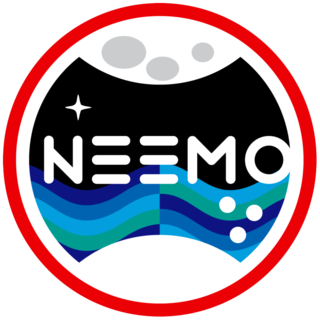
NASA Extreme Environment Mission Operations, or NEEMO, is a NASA analog mission that sends groups of astronauts, engineers and scientists to live in the Aquarius underwater laboratory, the world's only undersea research station, for up to three weeks at a time in preparation for future space exploration.

Shannon Walker is an American physicist and a NASA astronaut selected in 2004. She launched on her first mission into space on June 25, 2010, onboard Soyuz TMA-19 and spent over 163 days in space.
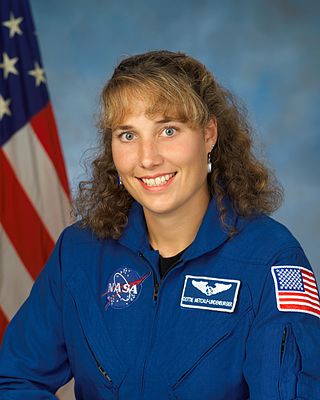
Dorothy Marie "Dottie" Metcalf-Lindenburger is a retired American astronaut. In 2000, she married Jason Metcalf-Lindenburger, a fellow Whitman College graduate and educator, from Pendleton, Oregon, and they now have one daughter together. She was a science teacher at Hudson's Bay High School in Vancouver, Washington when she was selected in 2004 as an educator mission specialist. Her parents are Joyce and Keith Metcalf, who reside in Fort Collins, Colorado. She was the first Space Camp alumna to become an astronaut.
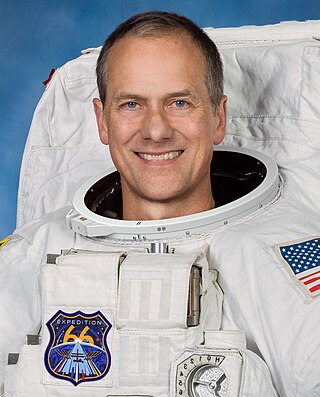
Thomas Henry Marshburn is an American physician and a former NASA astronaut. He is a veteran of three spaceflights to the International Space Station and holds the record for the oldest person to perform a spacewalk at 61 years old.

Satoshi Furukawa is a Japanese surgeon and JAXA astronaut. Furukawa was assigned to the International Space Station as a flight engineer on long-duration missions Expedition 28/29, lifting off 7 June 2011 and returning 22 November 2011.

Kimiya Yui is a Japanese astronaut from the Japan Aerospace Exploration Agency (JAXA). He was selected for the agency in 2009.

David Saint-Jacques is a Canadian astronaut with the Canadian Space Agency (CSA). He is also an astrophysicist, engineer, and a physician.

Serena Maria Auñón-Chancellor is an American physician, engineer, and NASA astronaut. She visited the ISS as a flight engineer for Expedition 56/57 on the International Space Station.
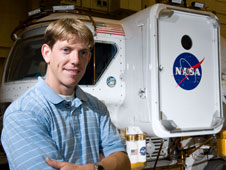
Dr. Andrew Frank Jorgensen Abercromby is a scientist and biomedical engineer who designs and tests spacesuit systems and exercise countermeasures for future exploration of the Solar System. He is employed by NASA as Lead of the Human Physiology, Performance, Protection & Operations (H-3PO) Laboratory at Johnson Space Center in Houston, Texas. As an aquanaut, Abercromby served as a member of the NASA Extreme Environment Mission Operations 14 crew. Abercromby has more than fifteen years of experience working in the Human Health and Performance (HH&P) and Engineering Directorates at the Johnson Space Center. He is married with two daughters.

Steven Patrick Chappell is an American aerospace engineer. He is a Technical Lead & Research Specialist for Wyle Integrated Science & Engineering at NASA's Johnson Space Center (JSC) in Houston, Texas. He is helping to define and execute the research needed to optimize human performance in next-generation spacesuits and extra-vehicular activity (EVA) systems. Chappell served as an aquanaut on the NASA Extreme Environment Mission Operations 14 crew.
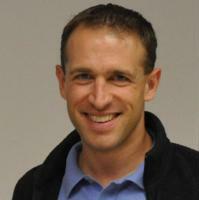
Christopher E. Gerty is an American aerospace engineer who worked on NASA's Constellation Program. Gerty is an advocate of NASA's Open Government Initiative and is a leading voice on the concept of participatory exploration and collaboration. He has fifteen years of experience working on complex, technology-intense projects at NASA. Gerty served as an aquanaut on the NASA Extreme Environment Mission Operations 13 crew.

William Laurence Todd is a Project Manager for Exploration Analogs at NASA's Johnson Space Center (JSC) in Houston, Texas. He has also served as a NASA Undersea Research Team Project Lead and Spaceflight Training Simulation Supervisor at NASA JSC. Todd is a veteran Aquanaut of 5 missions. In 2001, he commanded the first NASA Extreme Environment Mission Operations (NEEMO) mission, a joint NASA-NOAA program to study human survival in the Aquarius underwater laboratory in preparation for future space exploration.

Craig Anthony McKinley was a Canadian physician. On February 28, 2003, McKinley participated in the world's first telerobotic-assisted surgery, conducted at two hospitals separated by 400 kilometres. He later served as an aquanaut on the joint NASA-NOAA NEEMO 7 underwater exploration mission in October 2004, where he and other aquanauts tested remote health care procedures with potential application for space travel. McKinley experienced problems with alcohol and faced legal difficulties beginning in 2009. He lost his hospital privileges in 2011 and died in 2013.
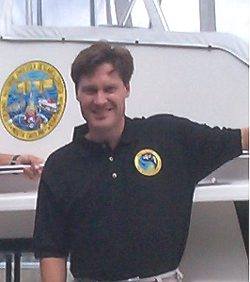
Marcum "Marc" Reagan is a Station Training Lead in Mission Operations at NASA's Johnson Space Center in Houston, Texas. He leads a team of instructors who together are responsible for developing and executing complex simulations for International Space Station (ISS) assembly and operations. Reagan also serves as an ISS "Capcom" from Mission Control, communicating with ISS astronauts in orbit. In May 2002, Reagan served as an aquanaut on the NASA Extreme Environment Mission Operations 2 crew. He subsequently served as Mission Director for multiple NEEMO missions.
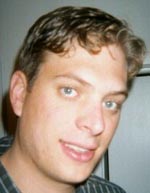
Jonathan Robert Dory is a Human Systems Integration Lead at NASA's Johnson Space Center (JSC) in Houston, Texas. He is Branch Chief of NASA's Habitability and Human Factors Branch, part of the Habitability and Environmental Factors Division at NASA/JSC. Dory supports crew safety and productivity on the International Space Station (ISS) Program by planning and assessing the on-orbit interior configuration of ISS, as well as performing anthropometric analysis of crew tasks. He contributes to the integrated operation of the Space Station while using 3D computer graphics and animation software as part of his daily work. In July 2002, Dory served as an aquanaut on the NASA Extreme Environment Mission Operations 3 crew.
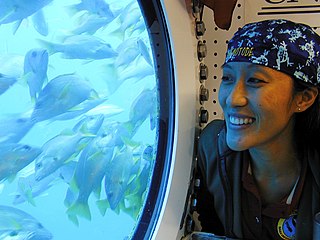
Emma Y. Hwang is a scientist with Wyle Laboratories. She served as an aquanaut on the NASA Extreme Environment Mission Operations 5 crew in June 2003.

